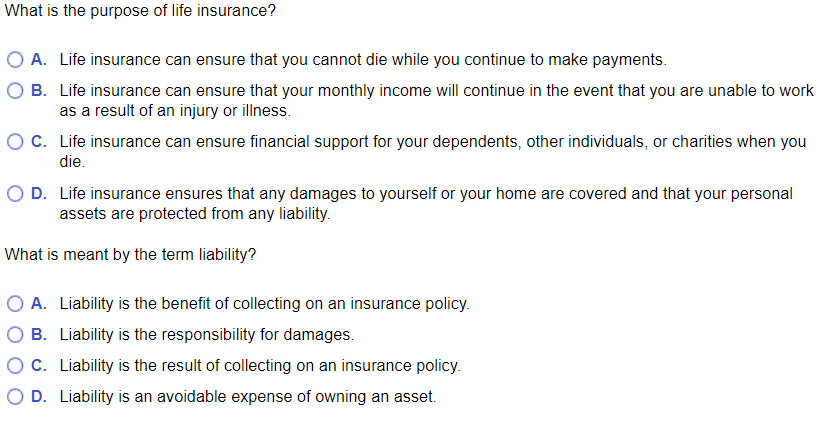The Greatest Guide To Pacific Prime
Table of ContentsA Biased View of Pacific PrimeThe Main Principles Of Pacific Prime Not known Details About Pacific Prime Getting The Pacific Prime To WorkThe Ultimate Guide To Pacific Prime

This is since the data were collected for a duration of solid economic performance. Of the estimated 42 million individuals who were uninsured, almost regarding 420,000 (about 1 percent) were under 65 years of age, the age at which most Americans end up being qualified for Medicare; 32 million were grownups in between ages 18 and 65, about 19 percent of all grownups in this age; and 10 million were kids under 18 years old, regarding 13.9 percent of all youngsters (Mills, 2000).
These price quotes of the number of persons uninsured are generated from the yearly March Supplement to the Existing Populace Survey (CPS), conducted by the Census Bureau. Unless otherwise noted, nationwide price quotes of people without medical insurance and percentages of the population with different kinds of protection are based on the CPS, the most commonly utilized source of quotes of insurance policy protection and uninsurance prices.
5 Simple Techniques For Pacific Prime

Still, the CPS is particularly helpful since it creates annual estimates reasonably promptly, reporting the previous year's insurance policy coverage estimates each September, and due to the fact that it is the basis for a constant set of price quotes for even more than twenty years, permitting evaluation of patterns in coverage with time. For these reasons, as well as the comprehensive use of the CPS in other researches of insurance protection that exist in this record, we depend on CPS estimates, with constraints noted.

The estimate of the number of without insurance people increases when a population's insurance condition is tracked for numerous years. Over a three-year duration beginning early in 1993, 72 million people, 29 percent of the united state population, were without insurance coverage for at the very least one month. visit the site Within a single year (1994 ), 53 million individuals experienced at least a month without insurance coverage (Bennefield, 1998a)
Six out of every ten without insurance adults are themselves used. Although working does boost the probability that one and one's household members will certainly have insurance policy, it is not an assurance. Even participants of families with 2 full-time wage income earners have almost a one-in-ten possibility of being without insurance (9.1 percent uninsured price) (Hoffman and Pohl, 2000).
Pacific Prime Can Be Fun For Everyone
New immigrants represent a substantial proportion of individuals without medical insurance. One evaluation has attributed a considerable part of the current development in the size of the U.S. uninsured population to immigrants that got here in the nation in between 1994 and 1998 (Camarota and Edwards, 2000). Recent immigrants (those that involved the USA within the previous 4 years) do have a high price of being uninsured (46 percent), but they and their kids make up simply 6 percent of those without insurance policy across the country (Holahan et al., 2001).
The relationship between medical insurance and accessibility to care is well established, as recorded later in this chapter. Although the connection between health and wellness insurance policy and health and wellness end results is neither straight neither straightforward, an extensive professional and wellness solutions research study literature links wellness insurance policy protection to enhanced access to care, far better top quality, and enhanced individual and population health standing.
Levels of evaluation for analyzing the effects of uninsurance. It concentrates particularly on those without any type of wellness insurance coverage for any type of size of time.
Pacific Prime Fundamentals Explained
The troubles faced by the underinsured are in some respects comparable to those faced by the without insurance, although they are usually much less severe. Health insurance, however, is neither essential neither enough to acquire accessibility to medical services. The independent and direct result of health and wellness insurance policy protection on access to wellness solutions is well established.
Others will get the wellness treatment they need even without medical insurance, by spending for it out of pocket or seeking it from service providers who supply care free or at highly subsidized prices. For still others, medical insurance alone does not make sure receipt of treatment due to other nonfinancial obstacles, such as a lack of healthcare service providers in their community, limited access to transport, illiteracy, or linguistic and cultural differences.
Some Known Details About Pacific Prime
Formal research about uninsured populations in the United States dates to the late 1920s and early 1930s when the Board on the Expense of Medical Treatment created a series of reports about financing doctor office sees and hospital stays. This issue ended up being prominent as the numbers of medically indigent climbed throughout the Great Anxiety.